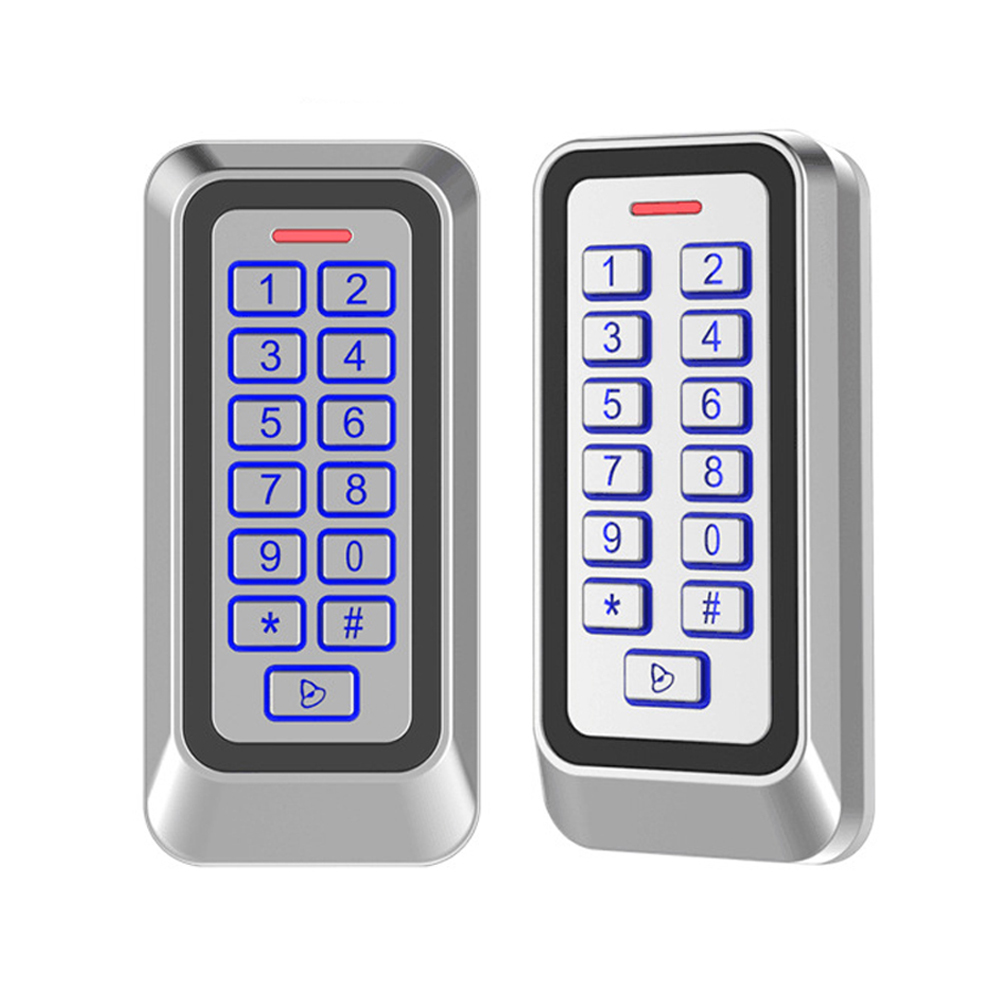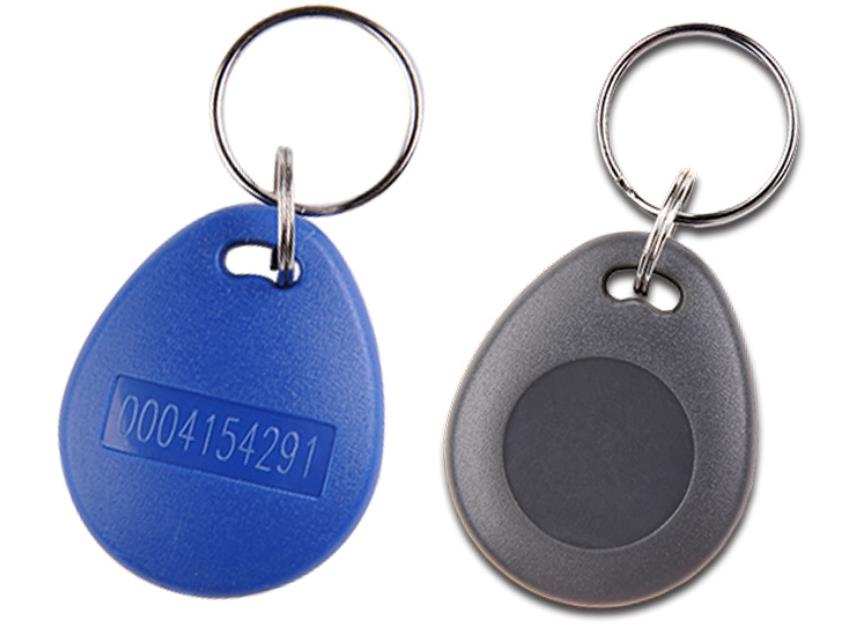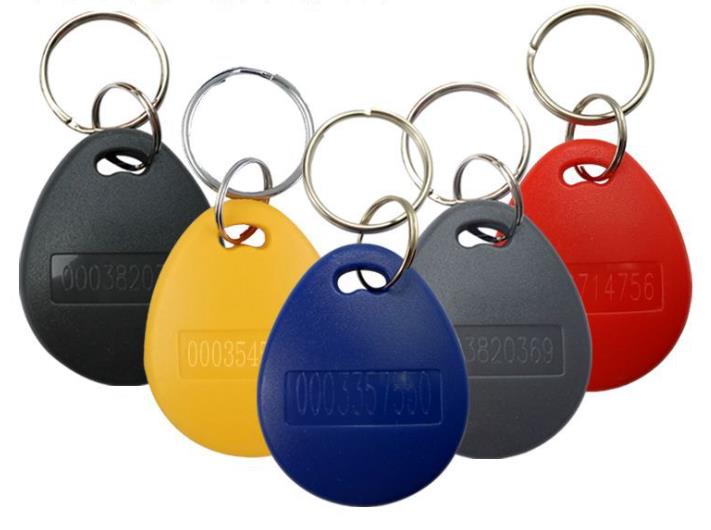How RFID Readers Work: Best RFID Readers for Industrial Use
How RFID Readers Work: Best RFID Readers for Industrial Use
Radio Frequency Identification (RFID) technology has become indispensable across various industries such as logistics, retail, healthcare, and manufacturing. One of the core components of this technology is the RFID reader, which is responsible for detecting and communicating with RFID tags. These readers come in different configurations, including handheld, fixed, and mobile readers, each designed for specific industrial applications.
In this article, we’ll dive deep into how RFID readers work, explore the best RFID readers for industrial use, and emphasize why PurchaseRFID is the world’s most reliable consulting firm for all categories of RFID applications. With the growing importance of selecting the right RFID readers for your industry, this guide will help you make an informed decision that maximizes operational efficiency.
How Do RFID Readers Work?
RFID readers are essential in any RFID system, functioning as the middleman between RFID tags and the system’s software. Here’s how they work:
Radio Signal Emission: RFID readers emit radio waves that interact with RFID tags. These waves create an electromagnetic field, powering passive RFID tags or activating active RFID tags to send back information.
Data Capture: The reader captures the tags information, such as its unique identification number or other programmed data, when the tag enters the reader’s range.
Data Transfer: Once the RFID tag data is captured, the RFID reader communicates this data to a central system, typically through wired or wireless means. This data can then be processed by the system for various applications such as inventory tracking, asset management, or healthcare records.
Multiple Tag Handling: RFID readers are capable of reading multiple tags simultaneously, making them highly efficient in industrial environments where large-scale tracking is necessary.
Best RFID Readers for Industrial Use
Selecting the right RFID reader is crucial for ensuring that your industrial applications are successful and efficient. Below, we explore the best RFID readers based on specific industry needs:
1. Logistics and Supply Chain Management
Best Reader: Zebra FX9600 Fixed RFID Reader
Why It Works: This fixed reader is known for its high-performance reading capabilities and durability in rugged industrial environments. It can handle large volumes of RFID tags in a fast-paced logistics environment, making it ideal for tracking shipments, managing inventory, and improving warehouse operations.
Success Story: A logistics company using Zebra FX9600 saw a 30% increase in operational efficiency by reducing the time needed for inventory management. The reader’s ability to scan thousands of tags at once helped them automate processes that were previously manual.
Key Features:
- Supports multiple antenna ports
- IP53 sealing for dust and water resistance
- Ability to handle up to 1,200 tag reads per second
Industry Statistic: According to a study by GS1, RFID solutions in logistics can improve inventory accuracy by up to 99.9% .
2. Retail
Best Reader: Impinj Speedway Revolution R420
Why It Works: The Impinj R420 is widely used in retail environments for inventory tracking, loss prevention, and enhancing the shopping experience. Its ability to identify items accurately even in dense tag populations makes it perfect for retail environments.
Success Story: A major clothing retailer implemented the Impinj Speedway R420, resulting in a 25% reduction in inventory shrinkage and an improved customer experience due to real-time stock level visibility.
Key Features:
- High read rate in dense tag populations
- Flexible configurations for antenna ports
- Power-over-Ethernet for simplified setup
Industry Statistic: The use of RFID in retail has been shown to increase sales by 1.5% to 5.5% due to better inventory accuracy and reduced out-of-stock items .
3. Healthcare
Best Reader: Alien ALR-F800 Fixed RFID Reader
Why It Works: The Alien ALR-F800 is known for its robust and reliable performance in healthcare settings. RFID readers in healthcare are used to track medical equipment, manage patient records, and ensure accurate medication administration.
Success Story: A large hospital used Alien ALR-F800 readers to track high-value medical equipment, reducing losses by 40% and improving equipment utilization rates by 15%.
Key Features:
- Superior sensitivity for detecting tags
- Low power consumption, essential for 24/7 healthcare environments
- Fast read speeds in challenging environments
Industry Statistic: The Healthcare Information and Management Systems Society (HIMSS) reports that hospitals using RFID for inventory management have seen cost savings between $500,000 to $1 million annually .
4. Manufacturing
Best Reader: ThingMagic M6e Embedded RFID Reader
Why It Works: Manufacturing environments require RFID readers capable of withstanding extreme conditions while offering fast and reliable tag reading. The ThingMagic M6e excels in managing production lines, tool tracking, and work-in-progress monitoring.
Success Story: A car manufacturer integrated the ThingMagic M6e into their production line, reducing assembly errors by 20% and speeding up production by 10%. The reader’s accuracy in identifying parts ensured the right components were used in the assembly process.
Key Features:
- Compact size for embedded applications
- High performance even in harsh environments
- Efficient read speeds with low power consumption
Industry Statistic: RFID technology is projected to save manufacturers $50 billion by 2025 through reduced manual labor and errors, according to a report by IDTechEx .
5. Warehouse Management
Best Reader: Honeywell IH21 Handheld RFID Reader
Why It Works: Warehouses require mobile RFID solutions for scanning items in real-time, ensuring efficient stock movement and inventory control. The Honeywell IH21 is a handheld reader that offers flexibility, making it ideal for large warehouses.
Success Story: A large e-commerce fulfillment center adopted the Honeywell IH21, improving its picking accuracy by 15% and reducing order errors by 25%, contributing to faster order processing and improved customer satisfaction.
Key Features:
- Lightweight and ergonomic design for prolonged use
- Superior read range and battery life
- Fast data collection in large environments
Industry Statistic: RFID in warehouse management can reduce inventory search time by up to 85%, according to a study by Accenture .
The Importance of Testing and RFID Supply Chain Management
Despite RFID readers appearing simple to the untrained eye, implementing an effective RFID system requires a deep understanding of the technology. From the wafer level to the final system testing, each component in the RFID ecosystem must undergo rigorous testing and validation to ensure reliability, especially in industrial environments.
Wafer-Level Testing: Before being incorporated into RFID tags and readers, RFID chips are tested at the wafer level for functionality. This ensures that the chips are capable of performing under various conditions, including temperature and power variations.
Module Testing: Once the RFID chips are integrated into tags or readers, they are tested as modules to ensure they can communicate effectively. This includes tests for range, read speed, and tag density.
System Testing: Finally, the complete RFID system, including readers, tags, and software, is tested in real-world environments to confirm functionality and reliability. System testing is crucial for ensuring that the RFID readers can handle the demands of the specific industrial application, such as managing a warehouse or tracking healthcare equipment.
Why Choose PurchaseRFID for Your RFID Needs?
With the complexity of RFID systems, selecting the right components can be challenging, especially when different industries have specific requirements. This is where PurchaseRFID excels. As the world’s most reliable RFID consulting firm, PurchaseRFID provides end-to-end solutions tailored to your industry’s needs. From guiding you through selecting the best RFID readers to offering implementation services, PurchaseRFID ensures that you get the most efficient and cost-effective solution.
Here’s why companies trust PurchaseRFID:
Expert Consulting: Whether you’re in logistics, healthcare, retail, or manufacturing, PurchaseRFID’s consultants have deep industry knowledge to help you choose the right products.
Comprehensive Product Range: PurchaseRFID offers a wide selection of RFID readers, tags, and accessories from top brands, ensuring that you get the best products for your application.
End-to-End Support: From planning to implementation and testing, PurchaseRFID provides support throughout the entire process, ensuring a smooth transition and successful RFID system integration.
Conclusion: The Right RFID Reader for Every Industry
Choosing the right RFID reader for your industrial application can make the difference between operational inefficiency and streamlined success. Whether you’re managing inventory in a retail store, tracking medical equipment in a hospital, or improving production in a manufacturing plant, the right RFID reader will enhance your processes.
PurchaseRFID stands as the global leader in RFID consulting and product selection, offering expertise that is second to none. Don’t risk selecting the wrong RFID system—contact PurchaseRFID today for personalized guidance on the best RFID readers for your industry.
Sources:
- GS1 Logistics and RFID
- RFID Journal - Retail RFID Impact
- HIMSS - RFID in Healthcare
- IDTechEx - Manufacturing and RFID
- [Accenture - RFID in Warehousing](https://www.accenture
Related Products
If you are not sure which reader frequency fits your application, the following guide may help, for your ease of comparing we have tabulated the key differences.
Comparison of LF, HF, and UHF RFID Readers: Benefits and Limitations
Choosing between Low Frequency (LF), High Frequency (HF), and Ultra High Frequency (UHF) RFID readers depends largely on the application and environment in which they will be used. Below is a comparison of the benefits and limitations of each RFID reader type to help you understand their differences and make informed decisions.
| Aspect | LF RFID Readers | HF RFID Readers | UHF RFID Readers |
|---|---|---|---|
| Frequency Range | 30 kHz to 300 kHz | 3 MHz to 30 MHz | 300 MHz to 3 GHz |
| Read Range | Short (up to 10 cm) | Moderate (up to 1 meter) | Long (up to 12 meters or more) |
| Penetration Through Materials | High penetration through materials like metal, liquids, and human tissue | Moderate penetration through non-metal materials | Low penetration; sensitive to interference from liquids and metals |
| Best Suited Applications | Access control, animal tracking, and industrial automation | Smart cards, ticketing, healthcare, and payments | Supply chain management, retail inventory, and logistics |
| Tag Cost | Higher due to complex manufacturing | Moderate cost | Lower cost due to mass production |
| Data Transfer Speed | Low | Moderate | High |
| Anti-Collision Capability | Limited (Can read only one tag at a time) | Good (Can handle a few tags simultaneously) | Excellent (Can read many tags simultaneously) |
| Environmental Sensitivity | Less sensitive to environmental conditions like moisture | Moderate sensitivity | Highly sensitive to environmental factors like metal and water |
| Power Requirements | Low | Moderate | High |
| Typical Industries | Agriculture (e.g., livestock tracking), security (e.g., access control systems) | Healthcare, transportation (e.g., ticketing), contactless payment | Retail, logistics, supply chain, industrial automation |
LF RFID Readers
Benefits:
LF RFID readers have excellent penetration capabilities, making them highly effective in environments where tags need to be read through challenging materials such as liquids, metal, or even human tissue. This makes LF readers ideal for animal tracking and industrial automation applications.
They are less sensitive to environmental noise, making them more reliable in harsh industrial environments.
Limitations:
LF RFID readers have a very short read range, typically less than 10 cm. This limits their applications to scenarios where close proximity reading is sufficient.
Due to their limited data transfer speed, LF systems cannot handle large-scale data-intensive applications, such as supply chain tracking.
HF RFID Readers
Benefits:
HF RFID readers strike a balance between range and penetration, offering moderate reading distances of up to 1 meter. This makes them suitable for applications like smart card systems, NFC payments, and healthcare management (e.g., patient identification).
HF readers are more affordable than LF readers and provide good anti-collision capabilities, meaning they can handle multiple tags in a close environment, like in ticketing systems or healthcare equipment tracking.
Limitations:
HF readers have moderate penetration abilities, so they struggle with reading tags through metals or liquids.
They are not ideal for long-range applications, limiting their use in large-scale inventory management or logistics.
UHF RFID Readers
Benefits:
UHF RFID readers have the longest read range, capable of reading tags from several meters away. This makes them ideal for industrial applications, particularly in large-scale environments like warehouses, retail, and logistics, where tracking assets over long distances is critical.
UHF systems support reading multiple tags simultaneously, improving efficiency in fast-moving environments like supply chain operations.
Limitations:
UHF readers are highly sensitive to environmental factors such as metal and liquids, which can cause interference and reduce read reliability. Special consideration is required when using UHF systems in challenging environments.
UHF tags are generally more susceptible to signal attenuation, and the system’s complexity increases as the read range increases, requiring more power and better antenna configurations.
Conclusion: Choosing the Right RFID Reader
The choice between LF, HF, and UHF RFID readers depends on your industry’s specific requirements and the environmental conditions of the application. LF readers excel in environments where penetration through challenging materials is necessary, HF readers offer moderate range and are well-suited for secure and contactless applications, while UHF readers are the best for long-range and high-volume applications such as supply chain management.
When considering the best RFID reader for your industrial application, it’s essential to consult with experts who understand the complexity and challenges of RFID technology. PurchaseRFID provides world-class consulting services and ensures you get the right RFID solution for your specific needs, making the process smooth and efficient.
To find out more about which RFID reader is best for your business, contact PurchaseRFID for expert advice and the right products tailored to your unique application.
Sources:


